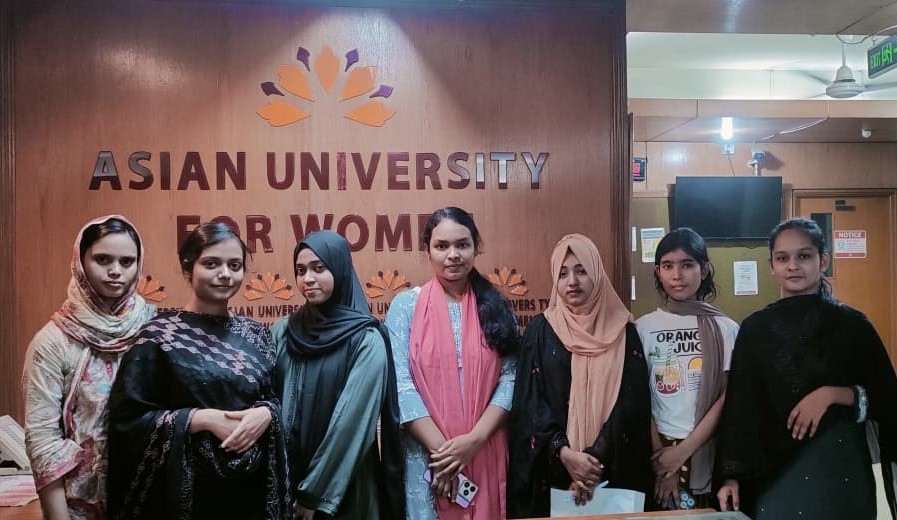We have witnessed a progressive change over the years, as women have become more vocal regarding their contribution; an action that has captured people’s attention.
Jane Austen’s Pride and Prejudice helped shed light on the world of women in a time when they had to be content with living in male dominated societies of the 18th century. As a matter of irony, those traits are still present in modern societies especially in developing countries like ours. We have witnessed a progressive change over the years, as women have become more vocal regarding their contribution; an action that has captured people’s attention.
M Noorul Quader, a freedom fighter and the Founder Chairman of Desh Group, was the first to take an initiative to provide women with industrial training from aboard. On 2nd October 1978 he published an advertisement in The Daily Ittefaq and The Observer, expressing his desire to recruit both women and men to undergo training in the technical and marketing fields of the garment industry. He had sent 130 people, 18 of which were women, to Daewoo’s State of Art Technology in Pusan, South Korea. His visionary move ushered a new era in the women empowerment scene of our country.
Today, we have around 35 lac women working in different roles ranging from entrepreneurs to machine operators to helpers and the number keeps on growing. During one of my journeys with public transports, I met one woman who informed me that both she and her spouse worked in Babylon Garments but she yearned to live a more independent life. In her factory, there are women ranging from the age bracket of 18 to 60 years-most of who had come from rural areas. Many of them got the job tthrough some acquaintance who were already working there. Some of these women were single mothers, some lived in messes and some even were the sole earning persons of their families.
This trend is quite common in most labor intensive societies but it also shows how our society has advanced to the point where the women are dealing with more responsibilities.
However, this aspect is largely absent from the middle class, who are yet to accept these changes.
In their renowned study “Socio-Economic Factors of Readymade Garments Workers in Bangladesh”, Dr. Nazrul Islam and Abu Sayef Md. Muntaquimul Bari examine factors such as, housing, water and sanitation facilities, medical facilities and first aid treatment, wage and productivity, social status, adaptation of cultural values and norms, attachment with labor unions, ownership arrangement and leave with pay and overtime which effect the socio-economic status of the garment workers of Bangladesh. They recommend that the workers should not be denied these facilities and if they are properly provided with it, it will help improve the socio-economic status of the workers in Bangladesh. This study also identified that working hours, privacy issues, harassment-free work environments, insurance, transportation and education facilities have not been adequately improved yet.
To achieve the $50 billion targetby 2021, we will have to think about this huge workforce. Without their well-being, all our hopes will be nipped in the bud.
Asaduzzaman is the feature writer of ICE Business Times.















